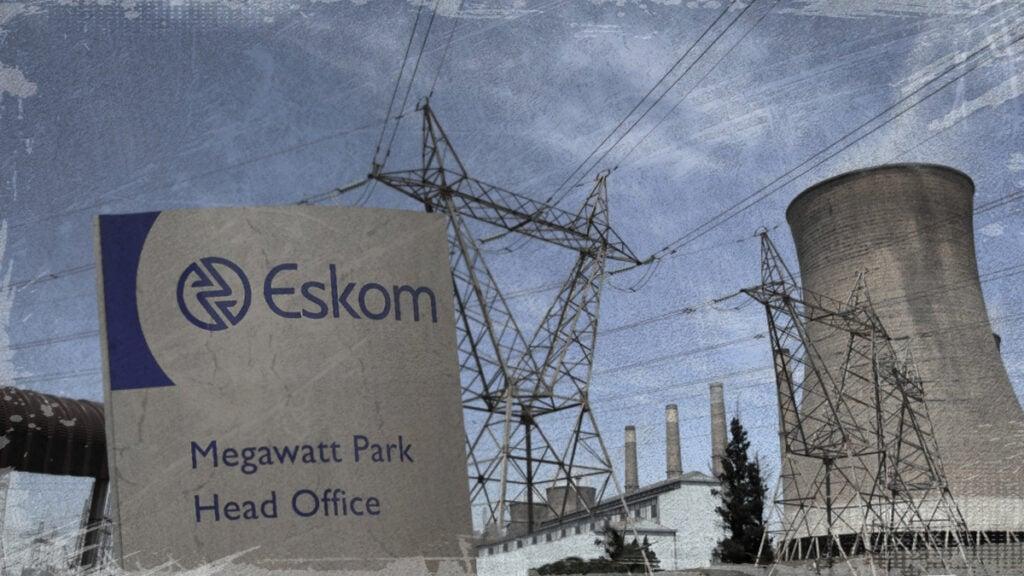Africa-Press – South-Africa. South Africa is experiencing a new electricity crisis, with the country’s ailing distribution network threatening the progress made in tackling load-shedding.
Both Eskom and municipalities manage this network, and neither is adequately investing in the infrastructure needed to maintain service delivery.
As a result, sporadic outages occur in parts of the country, particularly in major cities, where distribution infrastructure, such as substations, is overloaded or fails.
This is feedback from the Organisation for Economic Cooperation and Development (OECD), which outlined this new crisis in its latest economic survey on South Africa.
The OECD’s survey analysed reasons for the country’s lacklustre economic growth over the past decade and how it can be revived.
One of the primary reasons for South Africa’s poor economic performance over the past decade has been load shedding.
Significant progress has been made in addressing this issue, with power cuts significantly reduced in 2024 and 2025.
The OECD warned that this progress is being threatened by the deterioration of South Africa’s electricity distribution infrastructure.
Due to provision obligations in South Africa’s constitution, municipal governments play a key role in the electricity sector, distributing around 40% of all electricity.
Municipal governments primarily serve households and small businesses, with the remaining 40% of users being served by Eskom, which caters to large users and municipalities without a network.
The role of municipal governments includes maintaining infrastructure, providing new connections, and setting minimum service levels.
However, many of them fail in these duties and struggle to deliver reliable electricity services to their constituents, the OECD said.
Much of the distribution infrastructure is poorly maintained and suffers from high technical losses, leading to frequent power outages.
This has been exaggerated by the impact of theft and vandalism on distribution infrastructure, leading to further localised outages.
Most municipalities struggle to perform maintenance and safeguard their infrastructure assets because they allocate only 1% of their infrastructure value to repairs and maintenance.
Municipal financial crisis
Finance Minister Enoch Godongwana
The deterioration of local distribution infrastructure is closely linked to the declining financial health of South Africa’s municipalities.
Similarly to Eskom, high financial debt limits the capacity of many municipalities to invest in a reliable distribution network and new technologies to accommodate the rise of renewable energy sources, the OECD said.
Nearly half of municipalities, including some major metropolitan areas, face serious financial problems, raising questions about their ability to effectively perform their functions.
Almost 80% of municipal debt resides with the 20 municipalities that are particularly struggling to provide reliable electricity to their constituents.
Worryingly, most of this municipal debt is in the form of arrears owed to Eskom, significantly impacting the utility’s financial health.
Municipal debt owed to Eskom accounted for almost 15% of the utility’s total debt at the end of 2024, valued at R75 billion.
To try to address this issue, the National Treasury introduced a debt relief program for municipalities in 2023.
It enabled municipalities to write off part of their debt, provided they commit to financial sustainability and operational best practices.
The programme’s strict conditions ensure accountability, with non-compliant municipalities required to request the regulator to revoke their electricity license.
However, some of the worst offenders among municipalities are not participating in the debt relief programme, limiting its impact.
Some aspects of the debt relief programme raise concerns. For the debt that is not written off, the programme requires municipalities to set up dedicated and ring-fenced subaccounts for payments to Eskom.
It is reasonable to ask municipalities to earmark revenues from their electricity distribution activities.
However, there are concerns that to fulfil reimbursement obligations, municipalities will also have to use direct transfers from the central government, potentially reducing the resources available to alleviate poverty and inequality.
The graph below shows the steady increase in the outstanding debt of municipalities and the amount of arrears owed to Eskom.
For More News And Analysis About South-Africa Follow Africa-Press






